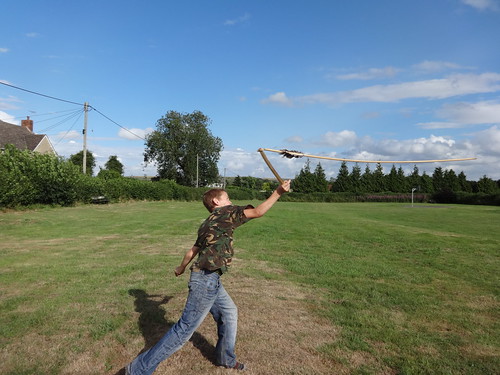I think that's how it's spelt.
There's a programme on Discovery History TV channel [not the History Channel - that's confused me in the past] called Weapon Masters.
The basic premise is to remake an historic weapon and improve it.
The presenter is v v annoying - even though I only watched the last 1/2 of tonight's programme it was almost too much.
On the plus side it has a British guy - weapons expert - who I've seen on telly a lot before and is very good - his name escapes me.
Anyway tomorrow the weapon us the Atlatl.
It's on at 6.
I'll probaly watch it with the sound off.
There's a programme on Discovery History TV channel [not the History Channel - that's confused me in the past] called Weapon Masters.
The basic premise is to remake an historic weapon and improve it.
The presenter is v v annoying - even though I only watched the last 1/2 of tonight's programme it was almost too much.
On the plus side it has a British guy - weapons expert - who I've seen on telly a lot before and is very good - his name escapes me.
Anyway tomorrow the weapon us the Atlatl.
It's on at 6.
I'll probaly watch it with the sound off.

